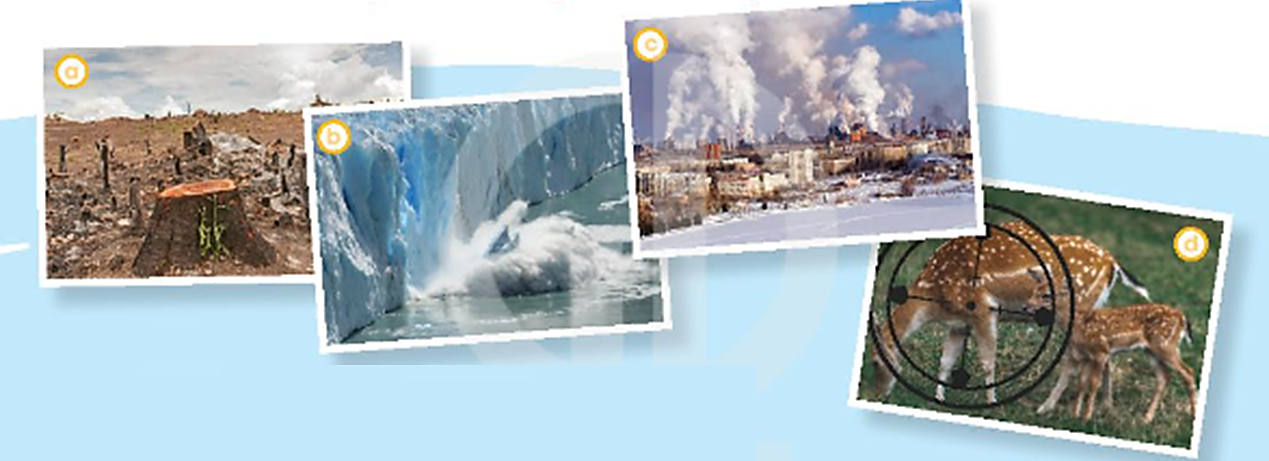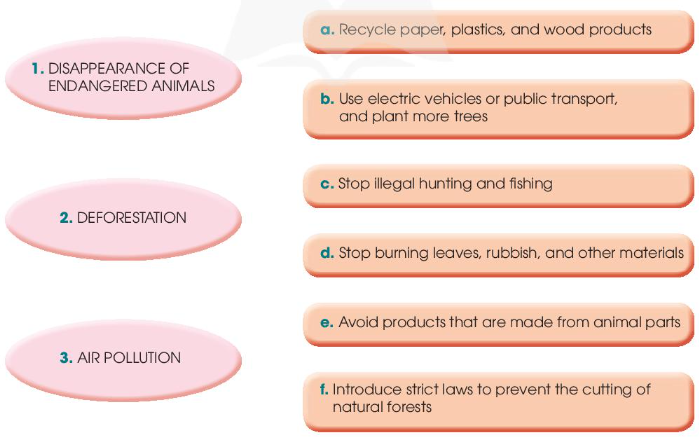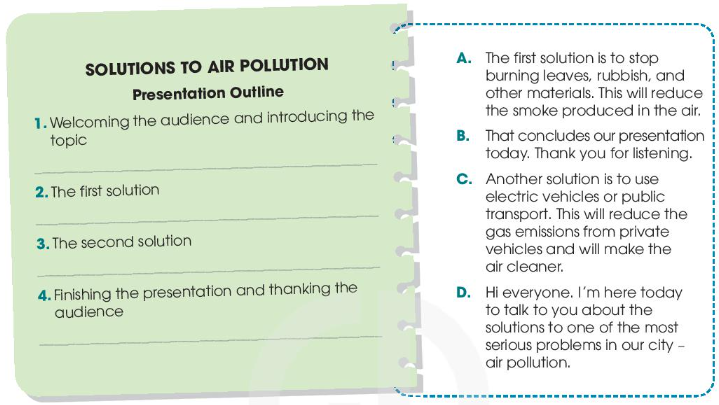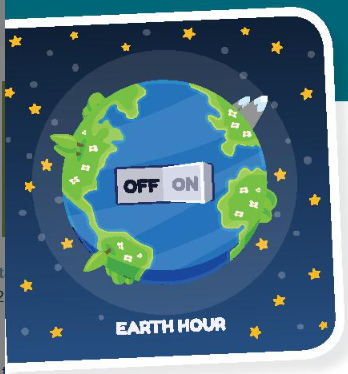Câu 43 :
2. Read the text and choose the best answers.
(Đọc văn bản và chọn câu trả lời đúng nhất.)
The saola is one of the rarest large animals on earth. It was discovered by Ministry of Forestry of Viet Nam and WWF in the Vu Quang Nature Reserve in 1992. Adult saolas weigh 80-100 kg and both females and males have long, gently curving horns, red and brown fur and an unusual pattern of white markings on the head.
This beautiful animal is found only in Laos and Viet Nam, along the shared border of the two countries. It lives in deep, wild forests which are not damaged by human activities. Because the saola is unique and very rare, it is impossible to know its exact population. Based on information from local villagers and images by photographers, researchers estimate that there are fewer than 750 saolas, and the number is declining due to illegal hunting and habitat loss.
To save the saola, some natural scientists think that we must rescue surviving individuals and provide a protected habitat for them. The last saola must be found caught and taken to the animal breeding centres, where they can produce young animals. Strict punishment should be applied to illegal hunting of the saola so that the rare, beautiful animal can survive.
1. What is the main idea of the text?
A. The saola can't survive in the wild and nothing can be done to save them.
B. The soola is an endangered animal that needs to be protected to survive.
C. The soola habitat is destroyed by local villagers and photographers.
D. The saola's population is declining because of human activities.
2. Which of the following is NOT mentioned as a feature of scola?
A. long horns
B. white markings
C. a big head
D. red and brow fur
3. The word 'pattern' mostly means______.
A. a regular arrangements of lines, shapes, or colours
B. an unusual shape
C. a part of an animal's body
D. a strange line on animal's body
4. According to the text, the population of the saola is __________.
A. rising
B. stable
C. falling
D. unchanged
5. What can be inferred from the text?
A. This endangered animal can be saved in the nature reserve.
B. Everyone wants to take photos of this boautiful animal.
C. It will be very difficult to save this endangered animal.
D. The saola is the most beautiful animal in the world.













